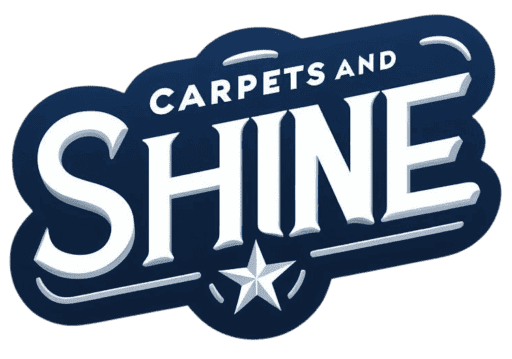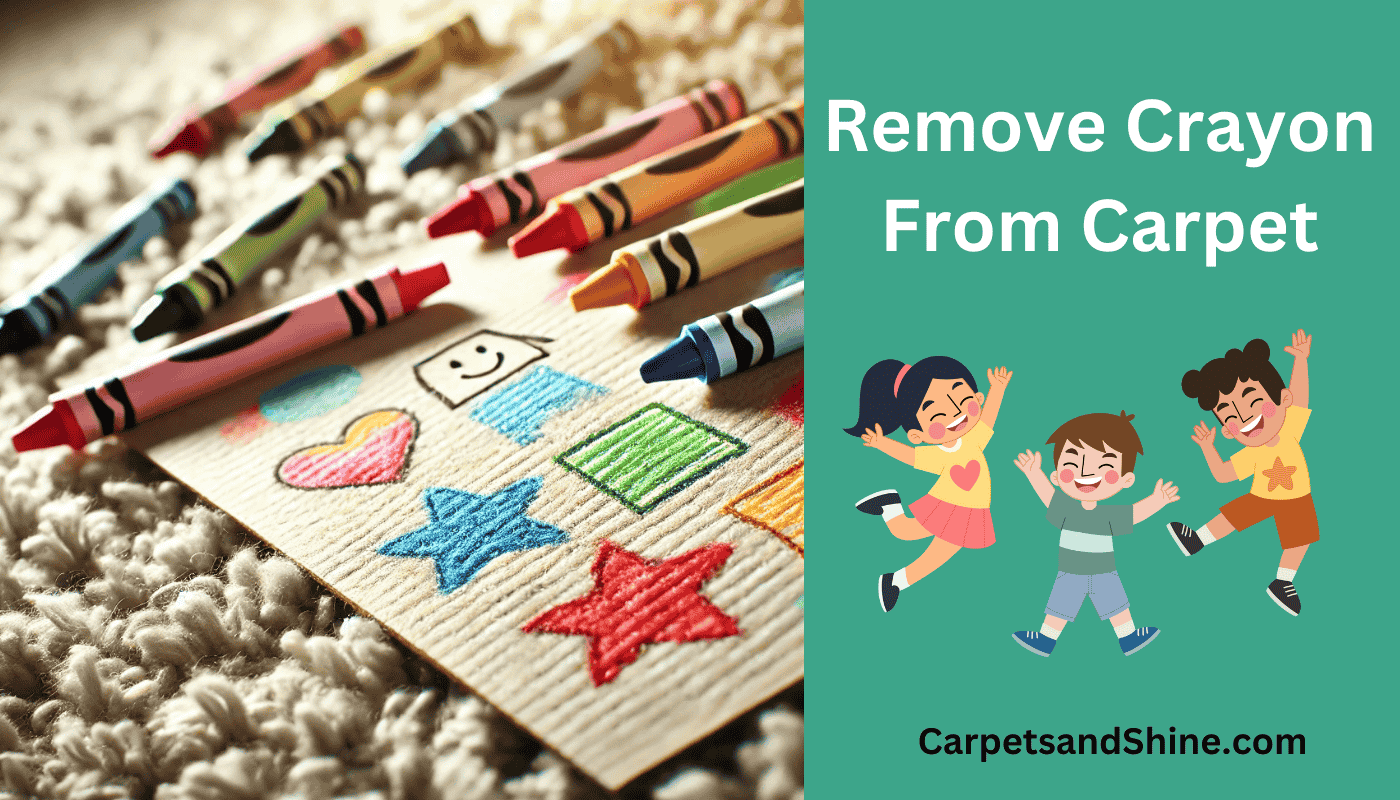As parents of young children, you’re no stranger to messes and stains on your carpet, especially those bright crayon marks. Whether it’s an innocent art session or an unexpected slip of the crayon from tiny fingers, these colorful stains can turn into a real challenge. Thankfully, there are several effective solutions to clean and restore your carpet back to its pristine condition. Using common household items like towels, soap, and specific tools can help you tackle these marks with ease. If you’re unsure, stopping by a store to get additional supplies might be needed. You can use tested cleaning techniques like rubbing alcohol or even the well-known WD-40 for tough stains. Whether the stain is red or another color, the right methods can help you remove the residual crayon without leaving a faint color behind. It’s all about finding what works, and luckily, pros and experts have already tested different techniques, so you can discover the easiest result for yourself.
Preparing for Crayon Removal
- Gathering Supplies
To successfully remove crayon stains, you’ll need to gather some essential items: a butter knife, gentle dish soap, clean white cloth, ice cube, plastic bag, vacuum cleaner, and paper towels. Depending on the stain, a carpet cleaner certified by the Carpet and Rug Institute or rubbing alcohol might also come in handy. Other helpful items include a soft cloth, spoon, and a dull knife to carefully scrape off excess crayon.
For heavier stains, having a freezer bag, a warm iron, and a commercial carpet cleaner will ensure you’re fully prepared. Make sure you have clean water and a rag on hand to blot and clean the area thoroughly. This combination of tools and materials will give you everything you need to address the stain effectively.
- Pre-Cleaning Considerations
Before jumping into the crayon removal process, it’s important to discover how difficult the stain is to remove. Start by conducting a spot test on an inconspicuous area of the carpet to ensure your chosen method won’t damage the appearance or affect the colorfastness of the material. Since carpets can vary in quality and materials, this simple technique will prevent further damage.
Keep in mind that children and pets should be kept away from the cleaning area, and it’s a good idea to wear rubber gloves to protect your skin from detergents and chemicals. Once you know the method is safe, proceed to remove the stain carefully, making sure to avoid scrubbing too hard to protect the carpet’s quality.
Methods for Removing Crayon Stains
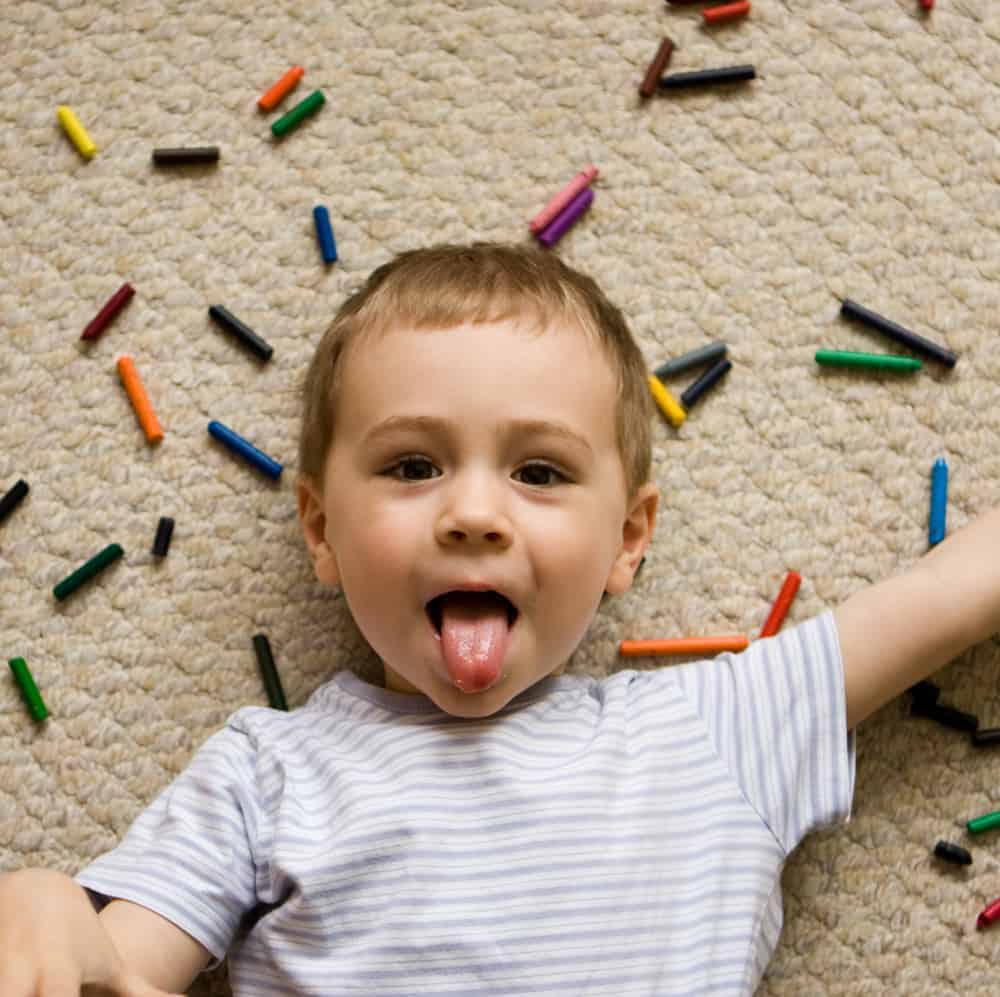
Method 1: Scrape and Blot Technique
Step 1: Scrape Off Excess Crayon Use a butter knife or dull knife to scrape off any excess crayon from the carpet. Be sure to gently remove the top layer of wax without damaging the fibers. For smaller areas, a spoon can also be used.
Step 2: Apply a Solvent-Based Cleaner Next, take a solvent-based cleaner and apply it to a clean white cloth. Blot the stain carefully to avoid spreading the crayon further. Repeat this process until the stain is no longer visible. If needed, use a dry-cleaning solvent for tougher stains or consider using a carpet dye kit for deeper restoration.
Step 3: Freeze and Harden the Crayon If the stain persists, place an ice cube inside a plastic bag and press it onto the crayon-stained area. The freeze will help harden the crayon, making it easier to scrape off. After freezing, use the butter knife to scrape again.
Step 4: Blot and Rinse Now, apply a mixture of liquid dish detergent and warm water to the stain. First, test the solution on a discreet section of the carpet to check for discolor. Then, let the solution sit for five minutes before using a wet cloth or rag to blot the area.
Step 5: Dry the Carpet Once the area is clean, use paper towels to blot any remaining moisture. After that, use a vacuum cleaner to remove any residue and restore the carpet’s softness.
Method 2: Iron and Freeze Method
Step 1: Scrape Off Excess Colored Wax Use a dull knife or metal spoon to gently scrape off as much of the excess colored wax from the crayon stain as possible. Be careful to avoid damaging the carpet pile while doing so.
Step 2: Freeze the Stain Place an ice cube inside a plastic bag or wrap it in cling-film, and apply it directly to the stained area. This will help to freeze the wax residue and make it easier to remove. Once frozen, scrape again using the blunt knife to remove any residual crayon wax.
Step 3: Use a Warm Iron Cover the stained area with a clean white cloth, tea towel, or pillowcase. Set your iron to a warm setting, and gently press it onto the cloth. This will transfer the solidified wax from the carpet to the cloth. Move the cloth slightly and repeat the process until most of the crayon stain has been lifted.
Step 4: Treat with Dry-Cleaning Solvent For any remaining wax residue, use a carpet-safe dry-cleaning solution. Apply it to a damp sponge or clean white cloth and gently blot the area. If needed, repeat the process until the stubborn stain is removed.
Step 5: Clean and Lift Remaining Color If some crayon marks or dark color remain, spray the area with warm water and apply liquid dish soap. Use a stiff-bristled brush to work at the stain, helping the color lift from the fibers. Wipe clean with a damp sponge, and if needed, repeat the steps until the stain is fully gone..
Method 3: WD-40 Application
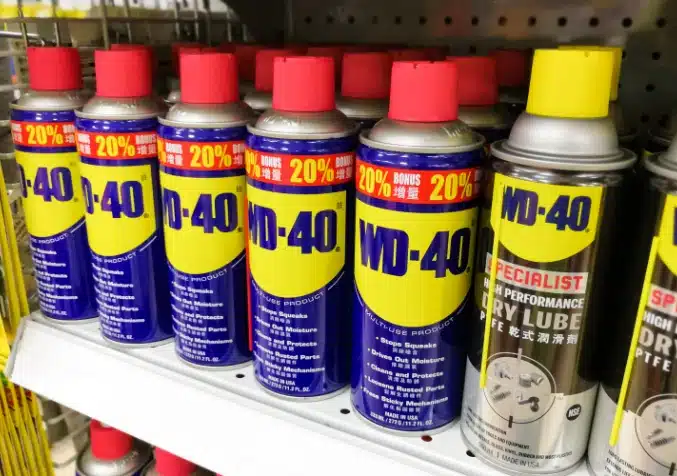
Step 1: Spray WD-40 on the Crayon Stains Begin by spraying WD-40 directly onto the crayon stains on the carpet. Let it stand for a few minutes to allow the solution to penetrate the stain.
Step 2: Dab with a Clean White Cloth Using a clean white cloth, dab the stained area with a rolling motion. Focus on one clean section of the cloth at a time, and keep applying more WD-40 as needed. Be sure to repeat the dabbing process with patience until the stain disappears.
Step 3: Clean and Remove Residue Once the stain is gone, clean the area with dish soap and water. Use a spoon to help remove any leftover crayon bits. Finally, blot the area dry and allow it to air dry completely.
Method 4: Rubbing Alcohol Method
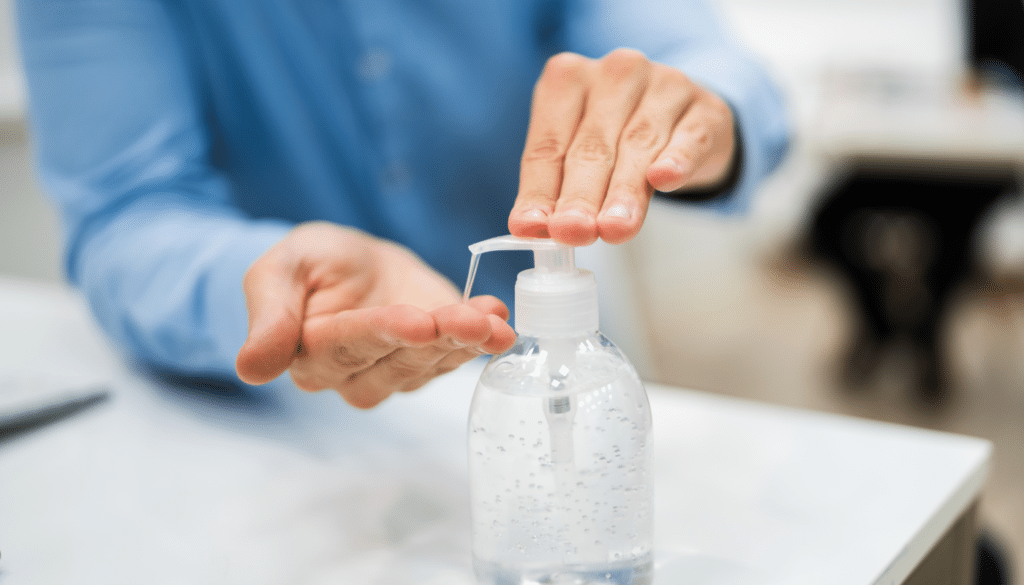
Step 1: Apply Rubbing Alcohol to the Crayon Stain Start by applying rubbing alcohol to the crayon stain on your carpet. Let it soak for about 30 minutes to break down the stain.
Step 2: Dab with a Clean White Cloth Using a clean white cloth, dab the stained area with a gentle rolling motion, working from the outside toward the center to avoid spreading the stain. Use a clean section of the cloth each time and apply more rubbing alcohol as needed. This process can be time consuming, so be patient.
Step 3: Clean the Area with Water and Dish Soap After the stain is mostly gone, clean the area with a mix of water and dish soap. Blot the area with a soft cloth to remove any leftover color from the crayon.
Step 4: Let the Area Air Dry Once the carpet is clean, allow the area to fully air dry before stepping on it. If necessary, repeat the process until the carpet is fully clean.
Method 5: Using Carpet Cleaner
Step 1: Scrape Off Crayon Wax Use a dull butter knife to gently scrape off as much of the crayon wax from the carpet fibers as possible. Be careful not to damage the fibers while scraping.
Step 2: In Step 2, the spray being referred to is the carpet cleaning solution that is certified by the Carpet and Rug Institute. This type of solution is specifically designed for cleaning carpets and should be used to treat the affected area of the crayon stain. It’s important to choose a cleaner that’s safe for carpets and tested to prevent any damage to fibers or discoloration.
Step 3: Blot and Rinse Use a clean white towel or rag to blot the stained area. Once most of the stain is gone, rinse the area with clean water to remove any remaining residue.
Step 4: Use a Commercial Carpet Spot Cleaner If the stain persists, consider using a commercial carpet spot cleaner. Follow the manufacturer’s instructions carefully, as using too much product can void the warranty and lead to damage. You may need to apply the cleaner more than once to completely remove the stain.
Step 5: Ensure No Residual Cleaner Remains Once the stain is gone, make sure to rinse the area thoroughly to get rid of any residual cleaner. This step is crucial for maintaining a valid warranty agreement with your carpet installer and avoiding any future issues with the carpet’s warranty.
Removing Melted Crayon
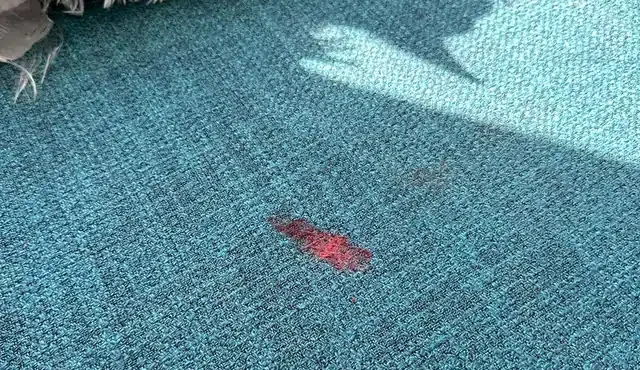
Step 1: Soak the Stained Area Begin by applying blue dawn dish soap—using several drops—to a cup of warm water. Soak a white cloth in this solution and apply it to the melted crayon stained area of the carpet. Let the solution soak into the crayon stain for a few minutes to loosen the wax.
Step 2: Use a Warm Iron Place a tea towel or white cloth over the stained area and set your warm iron to a low setting. Gently press the iron on the towel and allow it to sit for a few minutes. This process will cause the melted crayon to transfer from the carpet to the towel. Repeat this step as needed until the stain is no longer visible.
Step 3: Blot and Absorb Moisture Once the crayon stain has lifted, use a fresh towel to blot the area, ensuring all the liquid is fully absorbed. If the stain persists, repeat steps with the soapy water mixture and iron until all marks disappear.
Step 4: Clean and Dry After the stains are removed, rinse the area with clean warm water and continue blotting with a fresh towel. Ensure that all soapy liquid is thoroughly removed. Allow the carpet to air dry completely, leaving a freshly cleaned carpet.
Alternative DIY Crayon Removal Solutions
Option 1: Vinegar Solution
A simple vinegar solution is an effective way to remove crayon stains from carpet. Mix one part white vinegar with two parts water to create the mixture. Apply it directly to the stain and blot using a clean white cloth. This method works well, especially if you have small children, as crayons are an inevitable part of life. The vinegar will help break down the wax, making it easier to lift the stain. Continue to blot the area until the stain is gone, then rinse with water and blot dry. Your carpet will look as good as new after using this easy solution.
Option 2: Using Vaseline
For a more unconventional method, you can use Vaseline. Apply it liberally to the crayon mark and gently massage it into the carpet fibers. Use a spoon to remove the softened crayon, applying light pressure to avoid damaging the carpet. This method works well for deeper or older crayon stains that are embedded in the fibers.
When to Call a Professional
Determining When to Seek Professional Help
While do-it-yourself solutions can often tackle crayon stains, there are times when crayon residue lingers or stubborn stains refuse to budge. In such cases, it may be time to consider professional carpet cleaning. Professionals use powerful equipment designed to dig deeper into the carpet, providing a deep clean that goes beyond regular methods. Their experience and knowledge allow them to spot-treat areas that need special attention.
Look for cleaners that are certified by the Institute of Inspection, Cleaning, and Restoration Certification (IICRC), which ensures they meet high standards. These carpet cleaning companies can provide a quality service, ensuring your carpets are left looking as good as new. If you’ve tried everything and still can’t remove the stain, it’s worth making the call to a professional to restore your carpet fully.
Preventing Future Crayon Stains
Practical Tips to Avoid Crayon on Carpets
Preventing crayon stains starts with a proactive approach. Consider using ultra clean or washable crayons for your children, which are designed to be easier to remove from carpet and other surfaces. If a crayon mark does occur, gently scrape it with a dull-edge knife to avoid damaging the material. Always perform a colorfastness test on an inconspicuous area of the carpet before attempting any cleaning.
To further protect your carpets, make sure that any cleaning products you use come with warnings for adult-use only. It’s also helpful to keep a list of competitive brands or reach out to a professional cleaner if needed. By following these steps, you can significantly reduce the risk of crayon marks and maintain the quality of your carpet.
Conclusion
Removing crayon stains from carpets can seem like a real hassle, but with the right methods, it’s possible to eliminate the problem without too much trouble. We’ve explored five different ways to tackle crayon stains, ranging from using a commercial cleaner to a simple vinegar solution. There are plenty of options available, so don’t be discouraged if one method doesn’t work—just keep trying until you find the one that suits your situation. And when all else fails, calling a professional carpet cleaner can ensure that the job is done thoroughly and effectively.
Frequently Asked Questions(FAQs)
-
What is the best Stain remover for crayon?
When dealing with crayon stain removal, using common household items can be very effective. A variety of products like dish soap, baking soda, and enzyme detergents work well for pretreatment. To remove crayon, start by sprinkling baking soda directly onto the stain. You can then add some dish soap and gently scrub to lift the crayon. These simple methods make crayon removal easy and affordable using things you probably already have at home.
-
Does a Magic Eraser Remove Crayon?
Yes, Clean Magic Erasers are awesome for removing crayon from many surfaces, including walls. They work effectively on almost everything and practically remove anything from any surface, making them a go-to tool for crayon stains.
-
Does Vinegar Remove Crayons?
Yes, vinegar is a great way to clean crayon marks from different areas in your home, such as the kitchen or bathroom. As a safe, natural cleaner, it works well on many surfaces, including walls. To remove crayon marks, use distilled white vinegar along with an old toothbrush and microfiber cloths for effective cleaning.
-
How to Get Crayola Marker Out of Carpet?
To remove a Crayola marker stain, dampen a sponge with rubbing alcohol and use a blotting motion to absorb the stain, changing the sponge as needed. Next, apply upholstery shampoo or rug shampoo according to the directions on the container. If the stain remains, use Capture spot and soil remover following the instructions on the bottle.
